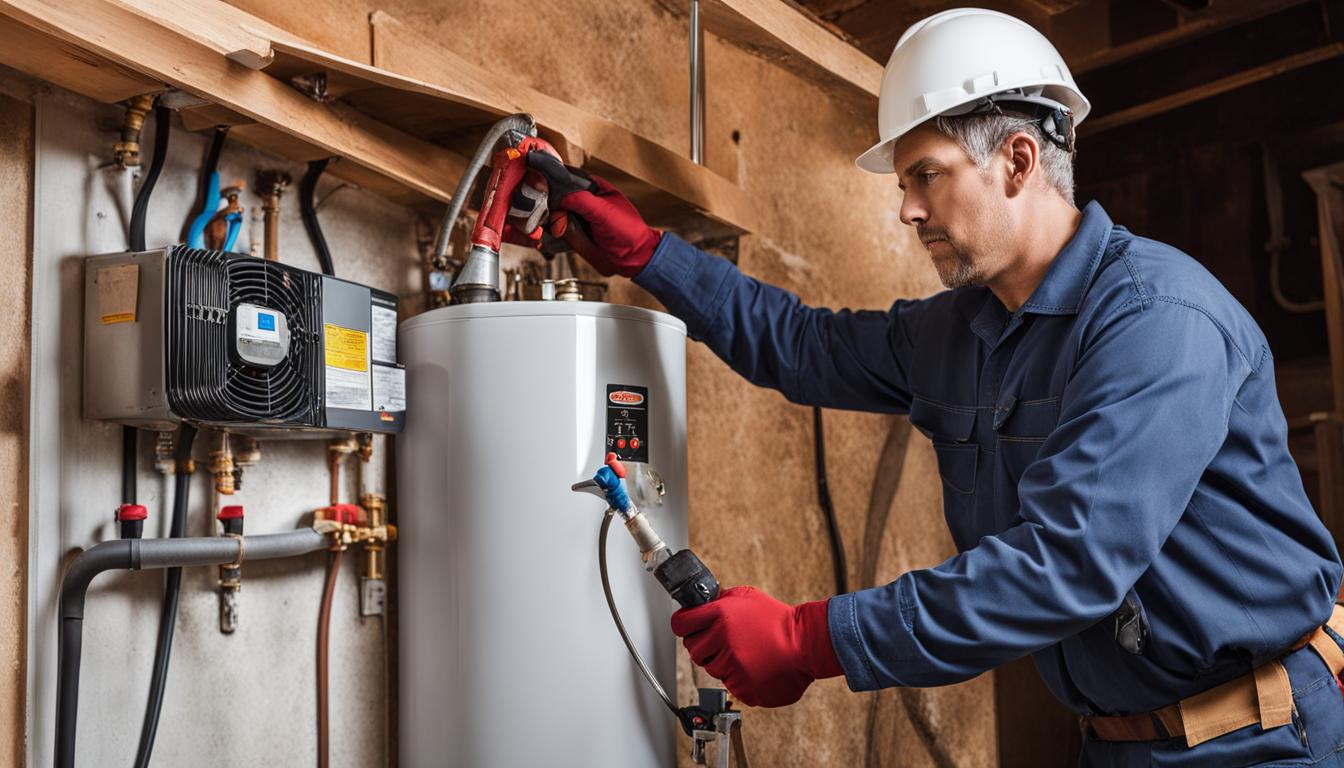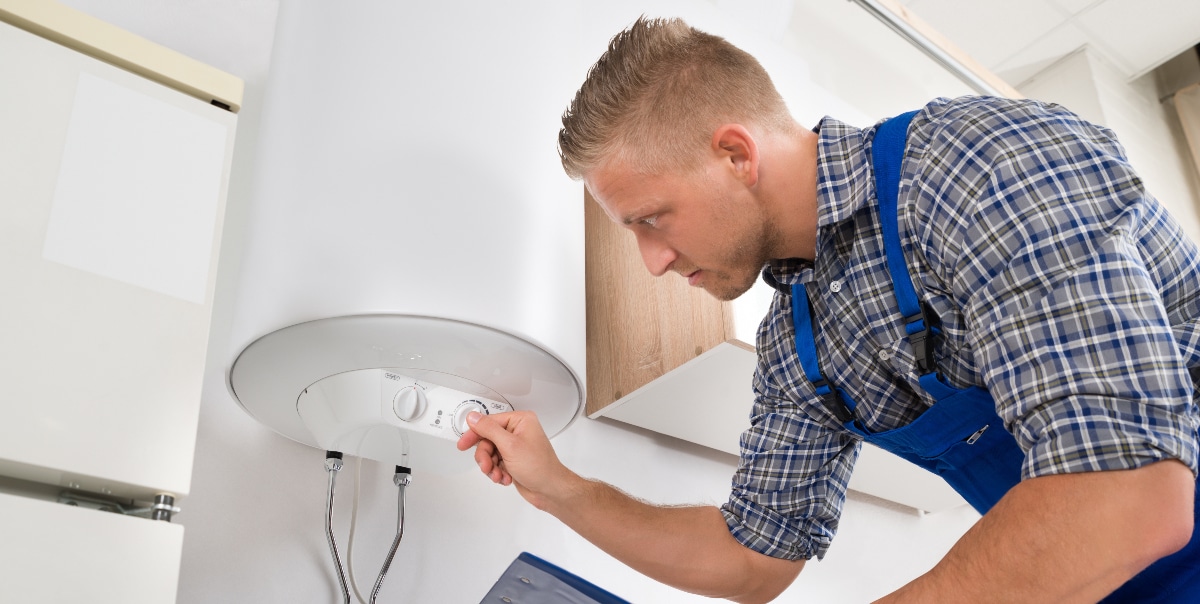How to Care for Your Home's Hot Water System EffectivelyWays to Effectively Care for Your Home's Hot Water System
How to Care for Your Home's Hot Water System EffectivelyWays to Effectively Care for Your Home's Hot Water System
Blog Article
They are making a number of good points related to How to Maintain a Hot Water Heater in a Few Simple Steps as a whole in the article which follows.

Hot water is crucial for everyday comfort, whether it's for a refreshing shower or cleaning dishes. To guarantee your hot water system runs successfully and lasts longer, normal upkeep is essential. This article supplies useful pointers and insights on just how to preserve your home's hot water system to prevent disruptions and pricey repairs.
Introduction
Preserving your home's hot water system may seem complicated, but with a couple of straightforward steps, you can guarantee it runs smoothly for several years to come. This overview covers every little thing from understanding your hot water system to do it yourself upkeep suggestions and knowing when to call in professional assistance.
Significance of Preserving Your Warm Water System
Regular upkeep not just extends the life-span of your hot water system but additionally ensures it operates successfully. Neglecting maintenance can cause reduced performance, higher energy expenses, and also premature failure of the system.
Indications Your Warm Water System Needs Maintenance
Understanding when your warm water system requires focus can prevent major issues. Watch out for indications such as inconsistent water temperature level, weird noises from the heater, or rustic water.
Recognizing Your Warm Water System
Before diving into maintenance tasks, it's useful to comprehend the standard parts of your warm water system. Generally, this consists of the water heater itself, pipes, anode rods, and temperature controls.
Regular Monthly Upkeep Tasks
Normal month-to-month checks can aid catch minor issues before they rise.
Flushing the Water Heater
Flushing your water heater removes sediment buildup, improving efficiency and prolonging its life.
Checking and Replacing Anode Rods
Anode poles protect against deterioration inside the container. Evaluating and changing them when broken is vital.
Inspecting and Readjusting Temperature Level Setups
Adjusting the temperature settings ensures optimum performance and safety.
DIY Tips for Upkeep
You can execute numerous upkeep jobs on your own to keep your warm water system in leading condition.
Checking for Leakages
Regularly check pipelines and links for leakages, as these can cause water damage and higher bills.
Testing Stress Relief Valves
Evaluating the pressure safety valve guarantees it works properly and protects against extreme pressure accumulation.
Protecting Pipes
Insulating warm water pipelines decreases heat loss and can conserve power.
When to Call an Expert
While DIY upkeep is helpful, some problems require expert knowledge.
Facility Problems Requiring Expert Assistance
Examples consist of major leaks, electric issues, or if your water heater is continually underperforming.
Regular Professional Upkeep Perks
Professional upkeep can include comprehensive evaluations, tune-ups, and ensuring conformity with safety and security requirements.
Conclusion
Normal maintenance of your home's warm water system is necessary for efficiency, long life, and expense financial savings. By complying with these tips and recognizing when to seek expert aid, you can make sure a dependable supply of warm water without unexpected disturbances.
How to Maintain an Instant Hot Water Heater
Before tinkering with your hot water heater, make sure that it’s not powered on. You also have to turn off the main circuit breaker and shut off the main gas line to prevent accidents. Also turn off the water valves connected to your unit to prevent water from flowing into and out of the appliance. 2. When you’re done, you have to detach the purge valves’ caps. These look like the letter “T” and are situated on either side of the water valves. Doing so will release any pressure that has accumulated inside the valves while at the same time avoid hot water from shooting out and burning your skin. 3. When the purge valves’ caps are removed, you have to connect your hosing lines to the valves. Your unit should have come with three hoses but if it didn’t, you can purchase these things from any hardware or home repair shops. You can also get them from retail stores that sell water heating systems. Read the user’s manual and follow it to complete this task properly. When the hosing lines are connected, open the purge port’s valves. 4. You should never use harsh chemical cleaners or solutions when cleaning your unit. Make use of white vinegar instead. It should be undiluted and you’ll probably use about 2 gallons. 5. Now flush your water heater. This task should probably take about 40 minutes. We can’t give you specific directions for this because the procedure is carried out depending on the type, model and brand of your heater. With that being said, refer to the user’s manual. 6. When you’re done draining the unit, you have to turn off the purge port valves again. Remove the hosing lines that you earlier installed on each of the water valves. Put the valve caps (purge port) back in their respective places and be very careful so as not to damage the rubber discs that are found inside these caps. 7. Now that everything’s back in place, check your user’s manual again to find out how to reactivate your water heating system. 8. Once it is working, turn one of your hot water faucets on just to let air pass through the heater’s water supply pipes. Leave the tap on until water flows smoothly out of it. https://www.orrplumbing.com/blog/2014/september/how-to-maintain-an-instant-hot-water-heater/

I stumbled upon that content about Tips on Maintaining a Water Heater while doing a lookup on the search engines. Appreciated our blog posting? Please quickly share it. Let other people locate it. Many thanks for your time. Please come visit our website back soon.
This Site Report this page